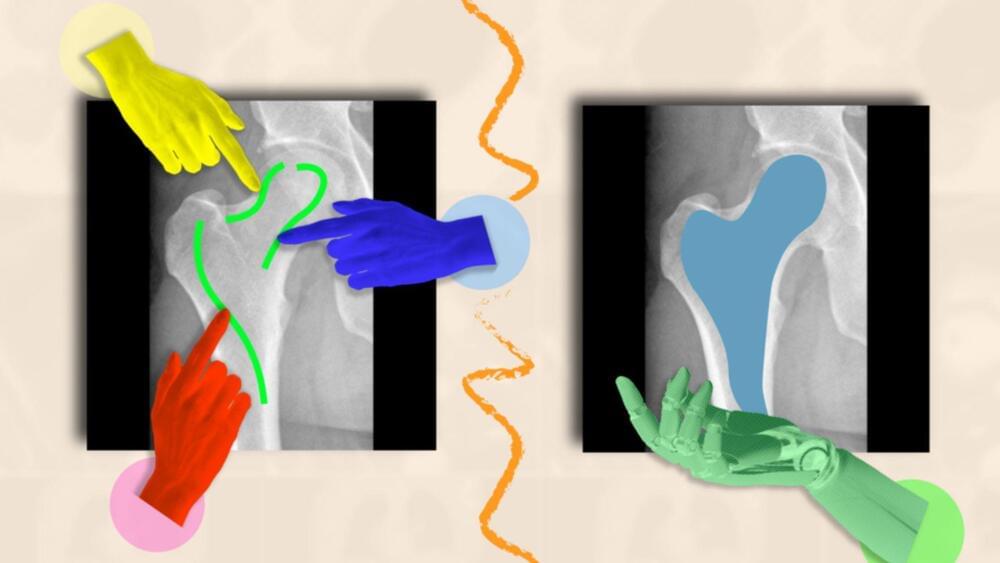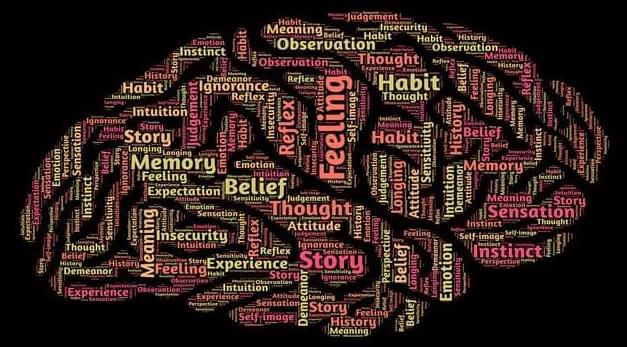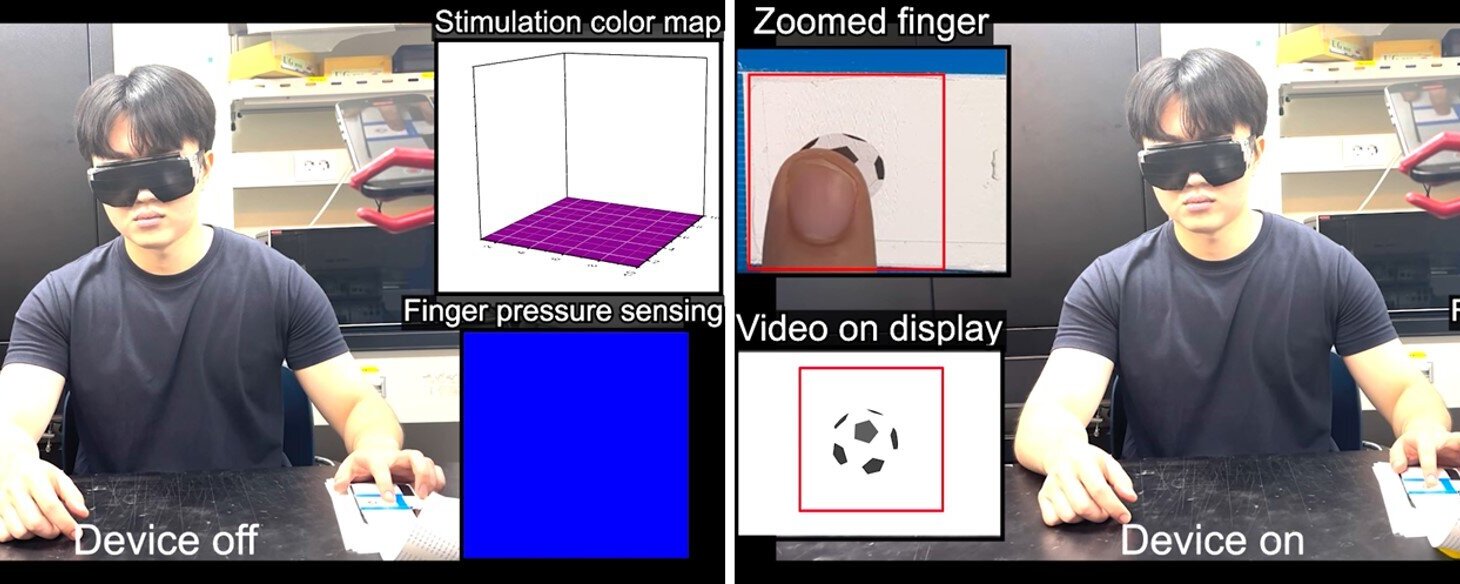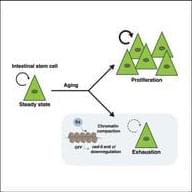The new AI tool lets doctors quickly outline anatomical structures, streamlining medical imaging:
MIT and Harvard developed AI-powered ScribblePrompt, which segments medical images in seconds and reduces annotation time by 28%.


“This selection underscores WFIRM’s commitment to pushing the boundaries of scientific research and finding innovative solutions to some of the world’s most challenging health issues,” said Dr. Anthony Atala.
How can microgravity help advance cancer research? This is what an upcoming grant-awarded project sponsored by the International Space Station (ISS) National Lab hopes to address as a team of researchers from the Wake Forest Institute for Regenerative Medicine (WFIRM) have been selected to send samples to the ISS with the goal of observing how microgravity influences cancer growth and their responses to treatment. This project holds the potential to help scientists and cancer researchers develop new methods for combating cancer here on Earth.
“Being selected for this project is an incredible honor and opportunity for our team at WFIRM,” said Dr. Shay Soker, who is the project lead and a professor in the Wake Forest University School of Medicine. “The microgravity environment of the ISS provides a unique setting to study cancer in ways that are not possible on Earth. This research has the potential to unlock new understandings of cancer behavior and lead to more effective treatments.”
For the project, astronauts onboard the ISS will monitor organoids, which are lab-grown organs produced from colorectal cancer patient cells, and how the cancer cells within these organoids respond to microgravity and the treatment designed to reduce their growth and spread. The ISS has a rich history of promoting scientific innovation and discovery using the unique environment of microgravity, as more than 3,000 scientific experiments have been conducted onboard the ISS since its first module launched into orbit in 1999.

In a world where cancer remains a formidable foe, a glimmer of hope has emerged for those battling non-small cell lung cancer. A recent analysis by researchers at the Johns Hopkins Kimmel Cancer Center has unveiled a potential paradigm shift in treatment strategies that could significantly improve patients’ chances of survival.


Despite the initial excitement and flashy headlines, all of these early ventures failed or switched focus away from aging. Most of these companies and their backers underestimated the complexity, costs, and time it would take to discover and develop a drug. Recent estimates suggest that developing a new drug takes over https://www.sciencedirect.com/science/article/abs/pii/S1359644623002428” rel=“noopener”>10 years and costs upwards of $6.1 billion and the failure rates exceed 90%. This figure reflects the immense difficulty of identifying therapeutic targets, conducting preclinical and clinical trials, and navigating the regulatory landscape. When it comes to developing a drug specifically for aging, the challenges multiply, making it much more difficult to design effective interventions and demonstrate their efficacy in clinical trials.
Fast forward to today, and a new generation of longevity biotechnology companies with a more conservative approach than their predecessors has emerged. Companies like http://www.bioagelabs.com” rel=“noopener”>BioAge Labs and http://www.insilico.com” rel=“noopener”>Insilico Medicine are using artificial intelligence (AI) to discover drugs that target specific chronic diseases or biological processes closely associated with aging. Instead of trying to develop therapies for aging directly, these companies focus on conditions that are closely linked to the aging process like obesity, muscle wasting, fibrosis, anemia, and even cancer… The strategy is to develop drugs for these diseases that could later be repurposed to address aging more broadly. And while in the technology industry we try to focus on moving very fast to win, here we prepare to play a very long game and focus on resilience and novelty rather than putting all eggs in one basket and failing miserably like dozens of companies in the past three decades.


A virtual haptic implementation technology that allows all users to experience the same tactile sensation has been developed. A research team led by Professor Park Jang-Ung from the Center for Nanomedicine within the Institute for Basic Science (IBS) and Professor Jung Hyun Ho from Severance Hospital’s Department of Neurosurgery has developed a technology that provides consistent tactile sensations on displays.
This research was conducted in collaboration with colleagues from Yonsei University Severance Hospital. It was published in Nature Communications on August 21, 2024.
Virtual haptic implementation technology, also known as tactile rendering technology, refers to the methods and systems that simulate the sense of touch in a virtual environment. This technology aims to create the sensation of physical contact with virtual objects, enabling users to feel textures, shapes, and forces as if they were interacting with real-world items, even though the objects are digital.

A bowel cancer trial has seen all participants emerge cancer-free, indicating “extremely positive” development for treatment.
Bowel cancer is the fourth most common cancer in the UK, with cases in under-50s seeing a rise in recent years. Thanks to campaigners like Dame Deborah James, more people are having bowel cancer checks – important, as chances of survival are greater when caught early.
When caught in the early stages, 90 per cent of those treated with stage one bowel cancer will survive for five or more years. The figure falls to 65 per cent at stage three, and to 10 per cent at stage four.

A breakthrough filtration system developed by MIT researchers offers hope for removing harmful “forever chemicals” — dangerous pollutants that have plagued water supplies globally for decades.
These long-lasting pollutants, known as PFAS, persist in the environment and have contaminated water sources worldwide.
A recent study by the U.S. Centers for Disease Control found that 98% of people tested had detectable levels of PFAS in their bloodstream, highlighting the severity of the contamination.
